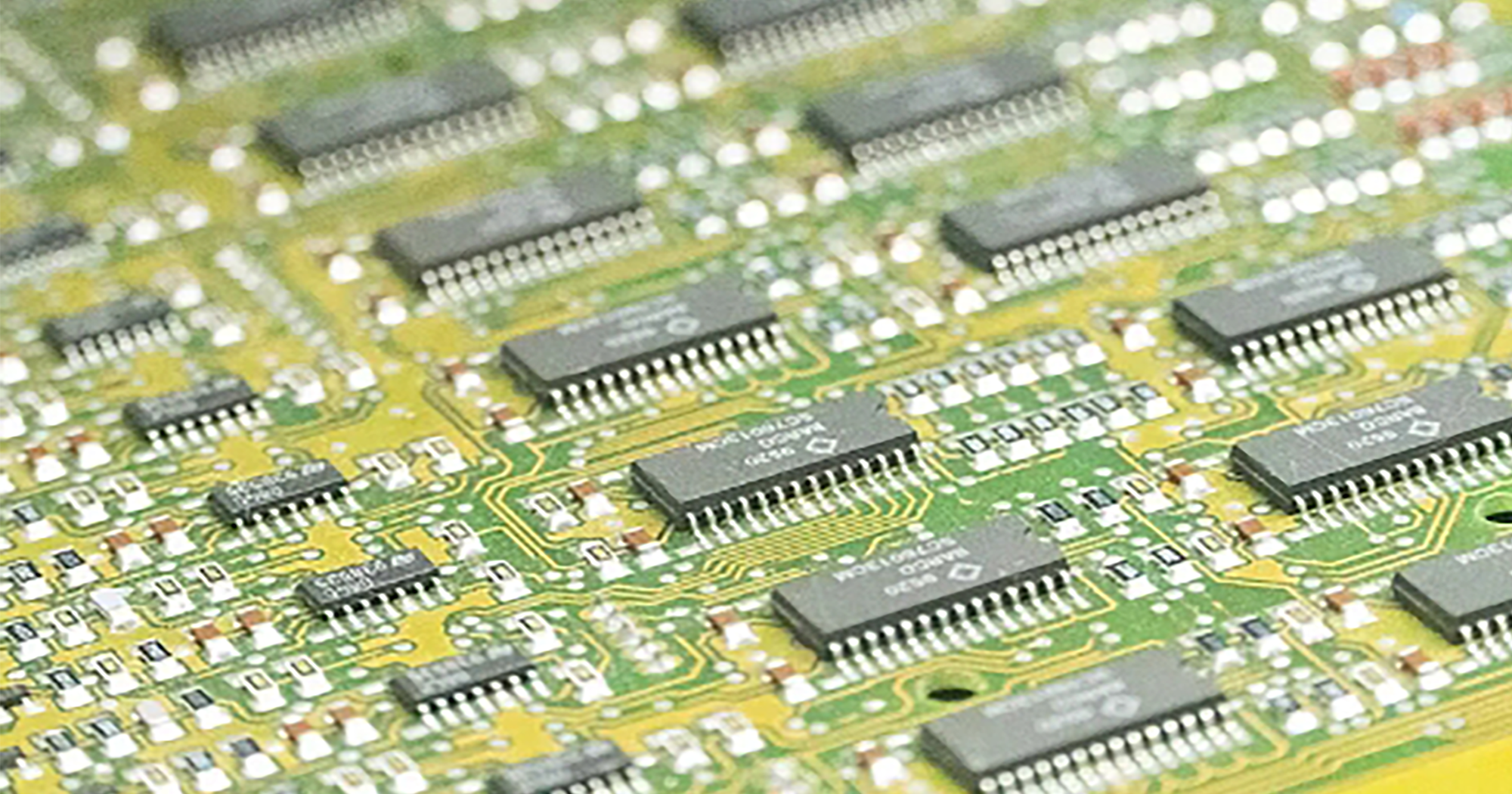Cold-Press Terminals: Key Model Numbers and Practical Applications in Modern Electronics
Cold-press terminals, also known as crimp terminals, play a critical role in the electronic components industry, providing reliable and efficient connections without the need for soldering. Their versatility and durability make them ideal for various applications, from consumer electronics to industrial machinery. This article explores essential cold-press terminal models, their uses, and considerations for procurement and engineering professionals.
1. Key Manufacturers and Available Cold-Press Terminal Models Numbers
Cold-press terminals are manufactured by many reputable companies known for quality and innovation. Each manufacturer offers unique models that suit diverse applications in electronics and electrical engineering.
Popular Manufacturers and Their Model Numbers
TE Connectivity: Renowned for its robust terminals, TE offers models like the AMPLIVAR series and the PIDG terminals, which are known for their resilience in high-vibration environments. Their products are often preferred in automotive and industrial applications.
Molex: Molex’s cold-press terminals, such as the SPOX and Ultra-Fit lines, are designed for compactness and ease of use in confined spaces. They’re widely used in consumer electronics and data communications.
3M: Known for its innovation in electrical products, 3M provides reliable cold-press terminals that meet stringent quality standards. Their Scotchlok line is ideal for automotive and aerospace applications due to its dependable design.
When selecting cold-press terminals, understanding each manufacturer’s model specifications is critical to ensuring compatibility and optimal performance in various projects.
2. Application of Cold-Press Terminals in Electronics
Cold-press terminals have wide-ranging applications in electronics, owing to their ease of installation, cost-effectiveness, and reliability in high-demand environments.
Common Applications
Automotive Industry: Cold-press terminals are essential in automotive wiring harnesses, connecting various electronic components while withstanding vibrations, temperature fluctuations, and moisture. TE Connectivity’s AMPLIVAR terminals are specifically engineered for these demanding conditions.
Industrial Automation: Industrial machines require secure, low-resistance electrical connections to function effectively. Cold-press terminals are frequently used in control panels and heavy equipment, ensuring stable connections that reduce maintenance needs.
Renewable Energy Systems: As solar and wind power installations increase, the need for reliable and corrosion-resistant connections becomes essential. Cold-press terminals offer solutions for solar panels and wind turbines, ensuring minimal power loss and consistent operation.
3. Descriptions, Packages, and Case Variations in Cold-Press Terminals
Cold-press terminals come in various forms, each designed to meet specific application requirements. They differ in terms of shapes, sizes, and insulation materials, which can affect installation and performance.
Description of Key Features
Cold-press terminals are generally made from copper or brass, often with a tin or gold plating to resist oxidation. The terminal design usually includes a barrel (where the wire is crimped) and a contact point. Insulated variants, like those with nylon or vinyl coatings, offer added protection against short circuits.
Packaging and Case Options
Cold-press terminals are available in multiple packaging options, such as bulk packaging for high-volume industrial use or strip packaging for automation. Some terminals come in specific case types, like ring or spade terminals, for unique applications. Case choice impacts the ease of installation and the longevity of the connection, especially in high-stress environments.
4. Selecting the Right Cold-Press Terminal for Your Needs
Selecting the appropriate cold-press terminal requires consideration of the specific requirements of the application, environmental conditions, and compatibility with existing components.
Factors to Consider
- Electrical Requirements: Voltage and current ratings are crucial in selecting a terminal. Overloading a terminal can lead to failure, while underloading might cause inefficient connections.
- Environmental Conditions: For outdoor or harsh environments, corrosion-resistant materials like tin-plated copper are ideal, and insulated terminals offer additional protection.
- Size and Fit: Ensuring a proper fit is essential, as oversized or undersized terminals can result in poor connectivity. Many manufacturers provide sizing guides to match terminals with appropriate wire gauges.
Conclusion
Cold-press terminals are indispensable in the electronics and electrical industries, providing secure, cost-effective connections across various applications. From automotive and industrial machinery to renewable energy systems, these terminals continue to adapt and meet evolving demands. By understanding the unique attributes of each model and selecting the appropriate terminal for specific applications, procurement and engineering professionals can optimize their projects for reliability and performance.
Cold-press terminals will continue to support the efficient functioning of advanced technology, ensuring that connections remain resilient in the face of ever-changing industry requirements.
For more information or to request a quote, please feel free to send us an RFQ.




